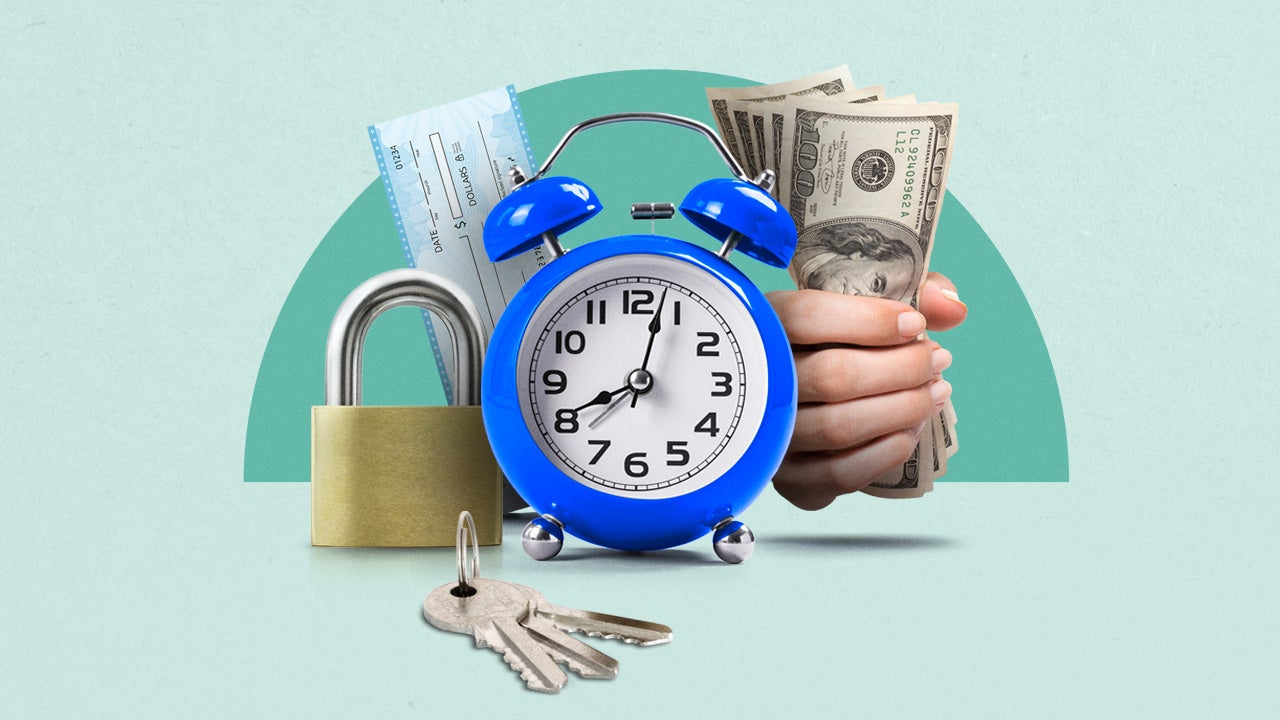What is a callable CD? Here’s what to know

Our writers and editors used an in-house natural language generation platform to assist with portions of this article, allowing them to focus on adding information that is uniquely helpful. The article was reviewed, fact-checked and edited by our editorial staff prior to publication.
If you’re aiming to avoid risk while earning a return, certificates of deposit (CDs) are a good option for savers. Traditional CDs offer a guaranteed rate of return, but they come with one requirement: Money can’t be withdrawn from the CD until its maturity date.
One type of alternative CD, however, is a callable CD, which can be closed by the issuer before its maturity date and often features above-average interest rates. Callable CDs have disadvantages, too, so it’s important to understand how they work.
Key takeaways
- Callable CDs have the potential to earn higher interest rates than traditional CDs, but they come with the risk that the issuer can take back the CD before the maturity date.
- If the bank takes back your callable CD early, you’ll still receive its full principal and the interest earned up to that point.
- As with traditional CDs, banks typically charge early withdrawal penalties for callable CDs when you need to access the funds early.
What is a callable CD?
A standard CD is a deposit account that earns a guaranteed yield in exchange for locking in your funds for a set term. A callable CD works the same way, although the bank or brokerage firm that offers it can “call” (or “redeem”) the CD earlier than its maturity date. The bank is more likely to take the CD back early if interest rates suddenly drop; in turn, the CD is less likely to be called if interest rates go up.
If the bank redeems your CD before it reaches maturity, you’ll still receive your full principal and the interest it has earned up to that point. However, you won’t earn all the interest you initially planned for and will have to reinvest somewhere else — potentially at a lower rate.
The callable feature can only be enacted by the issuer. In other words, if you invest money in a callable CD, you are unable to access the funds early without incurring an early withdrawal penalty.
Callable CDs are less common than traditional CDs and may be harder to come by.
How callable CDs work
Callable CDs work like most other CDs. They can be opened at a financial institution or brokerage firm, and you deposit money into them for a specified period of time. As a customer, you wait until the CD reaches maturity to withdraw or renew it, or until the issuer calls the CD early.
While a callable CD doesn’t allow you to access your money without a penalty until it matures, the bank can exercise its option to take the CD back sooner. If this happens, you won’t actually lose money, as you’ll receive your principal back along with any interest that’s been earned to date.
Typically, a bank will take a callable CD back if interest rates have dropped and it’s paying new CD holders lower rates for the same term of CD. If the going rates for its CDs have gone up, a bank will likely not recall the CD.
Callable CDs are offered through some banks and brokerage firms, although standard CDs are more commonly offered. Things to consider when shopping for a callable CD include:
- Make sure there aren’t standard CDs (or high-yield savings accounts) that offer better rates.
- Ensure the issuer is insured by the Federal Deposit Insurance Corp. (FDIC).
- Check to see what the early withdrawal penalty is for the CD, since there’s always the possibility you’ll need to withdraw cash before the CD matures.
Example of a callable CD
Let’s say you decide to deposit $15,000 in a five-year callable CD that earns interest at 4.5 percent annual percentage yield (APY). With your earning power, you should have $3,693 of earnings at the end of the term. After two years, however, the issuer decides to use its call option. You’ll get back your principal, plus $1,380 worth of interest earnings, and you’ll need to find another investing option.
How a callable CD differs from a traditional CD
A traditional CD is guaranteed to pay the set APY until the term expires. If you need to access your funds before the maturity date, you’ll be subject to an early withdrawal penalty.
With a callable CD, the issuer has the option to terminate the CD early, in which case you won’t receive the full yield you would’ve received if the CD were allowed to reach maturity. A bank that offers callable CDs typically pays higher yields on them than on its traditional CDs. The higher APYs are offered because of the risk that the bank may terminate the CD early. Like traditional CDs, callable CDs usually carry early withdrawal penalties.
Maturity date vs. callable date
The maturity date is when the certificate of deposit reaches the end of its term. For example, a five-year certificate of deposit opened on July 1, 2023 will mature on July 1, 2028.
The callable date refers to the date when the issuer has the right to close out a CD earlier than its maturity date. There is typically a non-call period, which prevents the issuer from calling a CD too early (typically six months to five years).
Make sure to inquire about the callable date. If you’re thinking about opening a callable CD, ask about the callable date to know when the issuer can decide that time’s up.
Pros and cons of callable CDs
Pros
- Higher interest rates: Rates on callable CDs are typically higher than the yields paid on traditional CDs.
- Fixed interest rates: Like traditional CDs, callable CDs pay fixed interest rates, which means that the CD’s rate isn’t affected by market changes. Fixed rates also mean, however, that a CD’s rate can’t increase, even when the Federal Reserve hikes interest rates.
- Principal is protected: Even if the issuer redeems the CD early, you won’t lose any of the original investment, thanks to FDIC insurance.
Cons
- Not a guaranteed term: With callable CDs, you will have to plan for the possibility that it might be called prior to the maturity date and find a different investment for that money.
- Requires more investment strategy: If the issuer calls your CD, interest rates have likely declined, which means you’re going to struggle to find similar earning potential. For example, if a 10-year CD is called four years into the term, you’d need to figure out how to make up for those earnings for the six years lost.
- Potential early withdrawal penalty: You’ll likely have to pay a penalty if you take money from the account before the CD’s maturity date.
Bottom line
Callable CDs may be a good option for low-risk investors who are looking to earn higher returns on a CD. There’s a chance the CD will be redeemed before it reaches maturity, but you won’t risk losing your original investment and any interest earned to date.
There are other alternative CD types to explore, as well, such as no-penalty CDs, which allow you to withdraw the money early without paying a fee.
FAQs about callable CDs
-
Like traditional CDs, callable CDs are FDIC-insured, as long as they’re with an FDIC-insured bank. The FDIC insures up to $250,000 per depositor, per FDIC-insured bank, per ownership category. This guarantees that depositors’ money is safe, as long as it’s within the limits and guidelines.
-
Callable CDs are suitable for investors who prefer a guaranteed rate, but know that the CD could be recalled early by the bank. It’s best for anyone opening a callable CD to have an alternative plan for investing the money should the bank take the CD back early.
Why we ask for feedback Your feedback helps us improve our content and services. It takes less than a minute to complete.
Your responses are anonymous and will only be used for improving our website.







